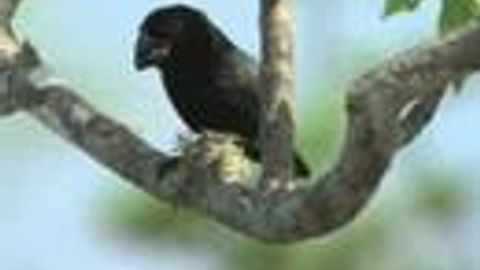加拉帕戈斯群島:雀類(4/7) (Galapagos: the finches (4/7))
kevin 發佈於 2021 年 01 月 14 日  沒有此條件下的單字
沒有此條件下的單字US /dɪˈstɪŋkt/
・
UK /dɪˈstɪŋkt/
- adj.明顯不同的; 清楚的; 顯著的; 獨特;明顯的;不同的
- v.i.合適,相稱;適合
- n. (c./u.)西裝,套裝,一套外衣;訴訟,訟案;同花色牌,花色
US /dɪˈstɪŋktɪv/
・
UK /dɪˈstɪŋktɪv/
- adj.明顯不同的; 清楚的; 顯著的; 獨特;獨特的;與眾不同的;有特色的;典型的

